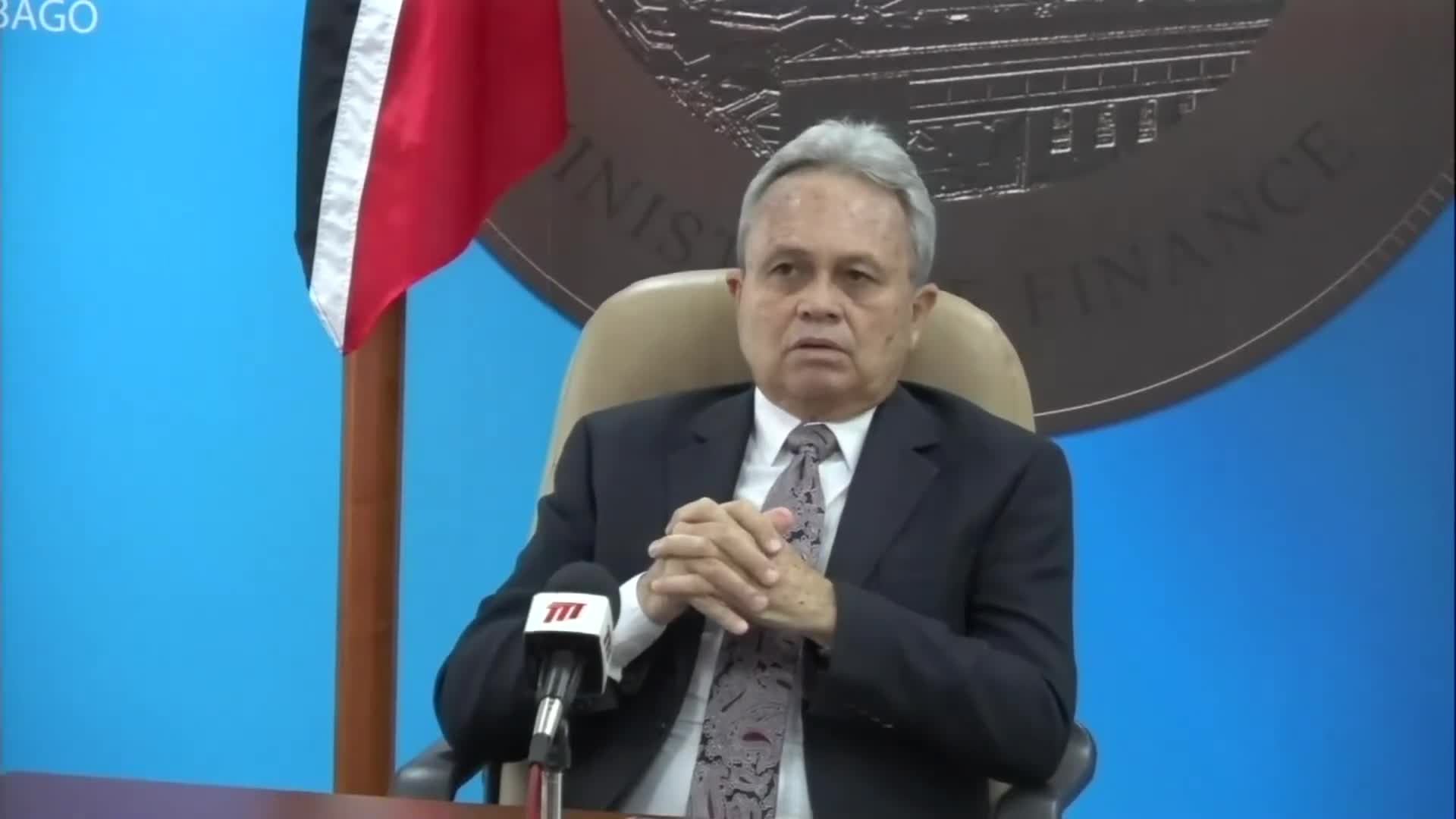Microfinance
How is VISA's Saksham Program empowering women entrepreneurs in India?
VISA's Saksham Program empowers women entrepreneurs through three key pillars: social and financial inclusion, livelihood promotion through entrepreneurship training, and social empowerment via self-help groups. The program has successfully reached over 10,500 women across India, exceeding their initial goal of 8,500 women-led businesses. Starting small in 2019 with just 20 women, it now helps women overcome barriers like early marriages, lack of vocational training, and limited financial resources. These entrepreneurs gain practical skills, market access, and confidence, transforming them into leaders and role models in their communities. The program's impact earned it a Jury Choice award at the ICC Social Impact Awards 2023-24 for promoting gender equality and women's empowerment.
Watch clip answer (05:08m)How does Norway's SME loan scheme empower women entrepreneurs in the Middle East?
Norway's SME loan scheme empowers women entrepreneurs in the Middle East through multiple components. The program trains bank staff to assess creditworthiness of small and medium-sized businesses while providing grants and risk-sharing mechanisms that reduce the bank's lending risk. This approach particularly benefits female entrepreneurs who have previously been excluded from financial services. The initiative has proven highly successful, as once these women business owners receive and repay their first loan, they establish creditworthiness that allows them to access future financing without requiring special guarantees. This creates sustainable financial inclusion for women running small shops and other enterprises, helping them overcome historical barriers to accessing capital.
Watch clip answer (00:55m)What are the opportunities and challenges for women entrepreneurs in emerging markets?
Women entrepreneurs in emerging markets are experiencing increasing opportunities, as noted by Raghuram Rajan who mentions successful female business owners in India, including a prominent biotech entrepreneur. However, significant challenges remain, including limited access to capital, insufficient infrastructure, and lack of peer support communities. David Wessel highlights how microfinance initiatives, pioneered by Muhammad Yunus, have been instrumental in empowering poor women by helping them gain financial independence and business skills. Despite these positive developments, certain regions like Saudi Arabia continue to restrict women's participation, demonstrating how some countries deny themselves economic growth by limiting women's entrepreneurial potential.
Watch clip answer (02:37m)How does Square Capital empower underserved entrepreneurs?
Square Capital empowers underserved entrepreneurs by providing accessible funding to those traditionally overlooked by the banking system. Their data shows 54% of loans go to women (compared to just 18% nationally) and 37% to underrepresented minorities. Additionally, 80% of funding supports businesses outside the 25 most populous American cities. Through technology, Square Capital helps entrepreneurs like Courtney Foster, who was denied traditional bank loans but used Square Capital to expand her single-chair salon and launch her own hair care line. The platform creates economic opportunity by removing intimidating banking processes, focusing on business performance data rather than personal factors, enabling small business owners to not just survive but thrive.
Watch clip answer (06:19m)What changes has the government made to enhance loan access for MSMEs and startups in India?
The government has doubled the loan guarantee limit for MSMEs from 5 crore to 10 crore rupees, and increased the limit for startups from 10 crore to 20 crore rupees. These government-backed guarantees make banks more willing to lend to small businesses, as the government covers potential losses. This significant policy change unlocks an additional 1.5 trillion rupees in credit over the next five years, benefiting India's 4.5 crore MSMEs that contribute 29% of GDP and 50% of exports. The initiative aims to help small businesses grow while reducing dependence on imported products.
Watch clip answer (01:14m)Why are small and medium enterprises (SMEs) unable to access loans despite generous government terms?
Despite the government's SME loan system offering extremely favorable terms - including zero interest and a two-year moratorium period - many small and medium enterprises still struggle to access these loans due to lack of basic documentation. According to Minister Colm Imbert, these businesses often don't have the minimum requirements such as company accounts, financial statements, income tax registration, and NIS registration. The government has established this system with banks to help entrepreneurs, requiring only repayment of the principal amount with no payments necessary for the first two years. However, the fundamental documentation issues prevent many SMEs from benefiting from this generous financial assistance program.
Watch clip answer (00:37m)




